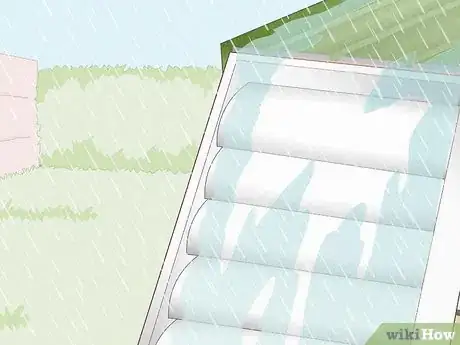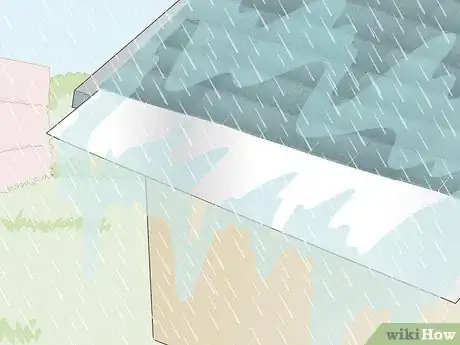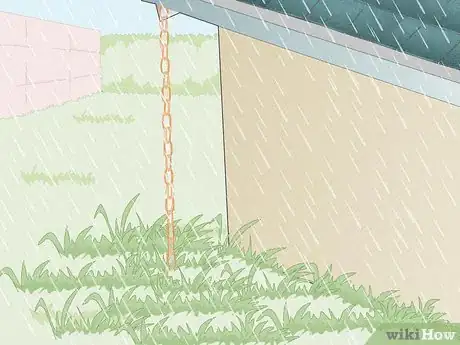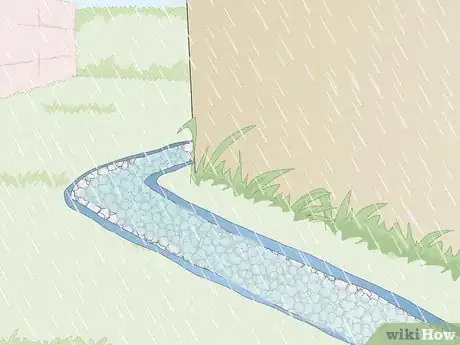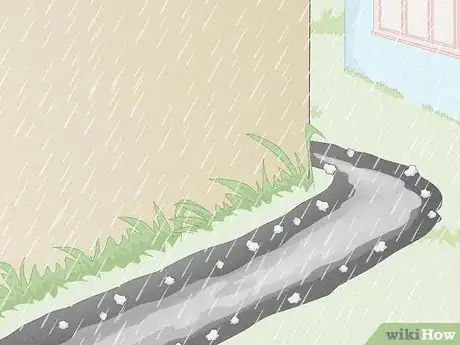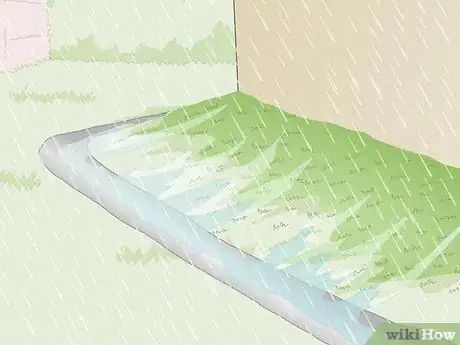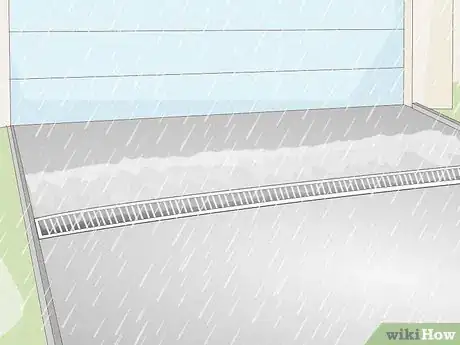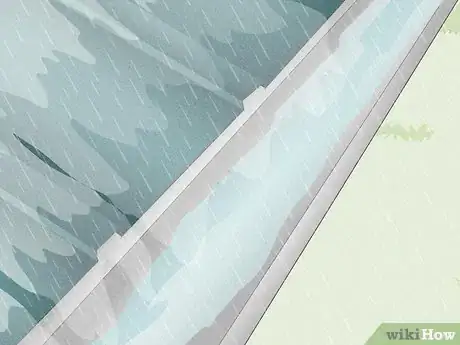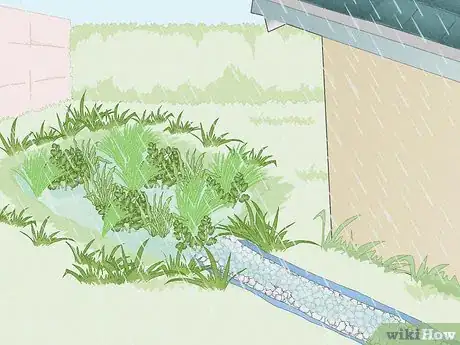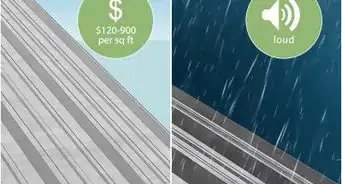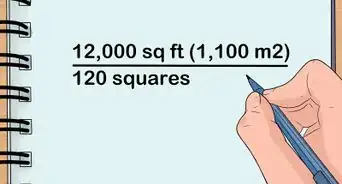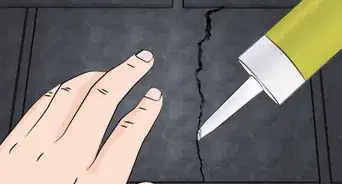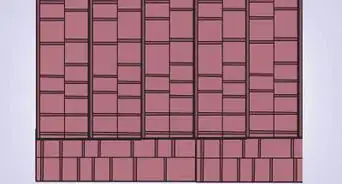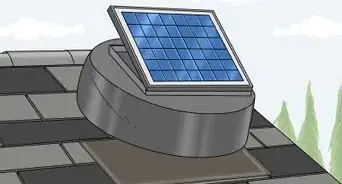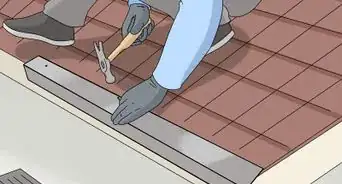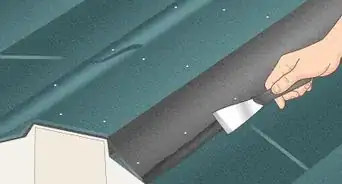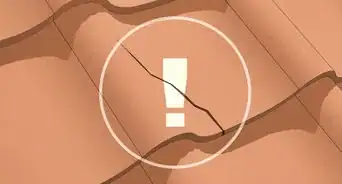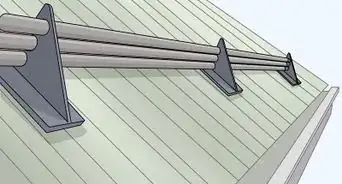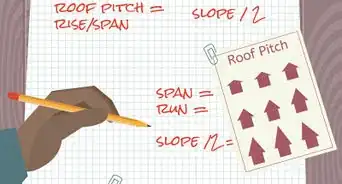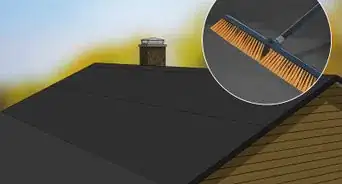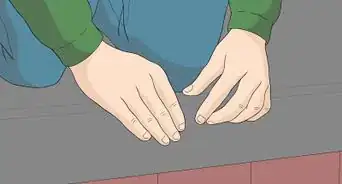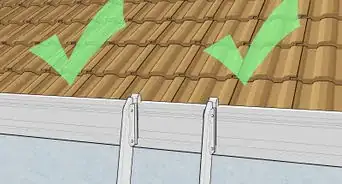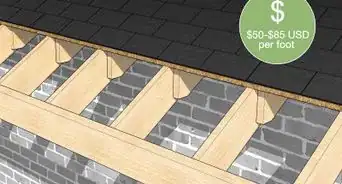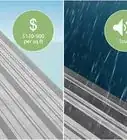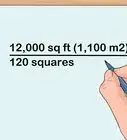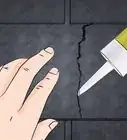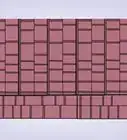This article was co-authored by David Balkan and by wikiHow staff writer, Hannah Madden. David Balkan is a Professional Plumber, CEO of Balkan Sewer and Water Main Service, and President of Balkan Sewer and Drain Cleaning. As a hands-on owner of these companies for over 40 years, David is knowledgeable about water service lines, sewers, and drain line issues. David is a Committee Chairman of the Master Plumbers Council and has sat on the Executive Committee of the Sub Surface Plumbers Association of New York for over 30 years. His knowledge and solution-oriented approach contributed to Balkan Sewer and Water Main Service being the largest and most trusted service in New York City and the recipient of the 2017 Angie’s List Super Service Award.
There are 14 references cited in this article, which can be found at the bottom of the page.
This article has been viewed 65,861 times.
Diverting water away from your home’s foundation is key to avoiding erosion over time. However, traditional gutters get clogged a lot, and they don’t look super pretty, either. If you’re looking for a different solution for your home, you have a few different options to choose from to deal with your roof runoff.
Here are 9 effective alternatives to gutters that will help keep runoff away from your home.
Steps
Warnings
- Water can cause a lot of damage to your home’s foundation. Whatever you choose, make sure the water is diverting away from your home to avoid erosion.⧼thumbs_response⧽
References
- ↑ https://www.youtube.com/watch?v=Z2eLdeTl35c&feature=youtu.be&t=83
- ↑ https://www.youtube.com/watch?v=UvLpM_MZB8M&feature=youtu.be&t=66
- ↑ https://www.youtube.com/watch?v=sH0l9cy5DEU&feature=youtu.be&t=162
- ↑ https://hgic.clemson.edu/factsheet/rain-chain/
- ↑ https://www.bobvila.com/articles/french-drains/
- ↑ https://www.angieslist.com/articles/how-much-does-it-cost-install-landscape-drainage.htm
- ↑ https://www.pwd.org/sites/default/files/dripline_trench.pdf
- ↑ https://www.mmsd.com/what-you-can-do/managing-water-on-your-property/proper-grading-around-your-home
- ↑ http://www.seattle.gov/sdci/permits/permits-we-issue-(a-z)/grading-permit
- ↑ https://www.youtube.com/watch?v=C39FWbhqiSA&feature=youtu.be&t=184
- ↑ https://www.angieslist.com/articles/how-much-does-it-cost-install-landscape-drainage.htm
- ↑ https://sacredplaces.org/uploads/files/97972113038310298-gutters.pdf
- ↑ https://researchgutters.com/Built%20In%20Gutter%20Systems.html
- ↑ https://www.youtube.com/watch?v=V1S_qVwzfsA&feature=youtu.be&t=303
- ↑ https://www.portlandoregon.gov/bes/article/188636
